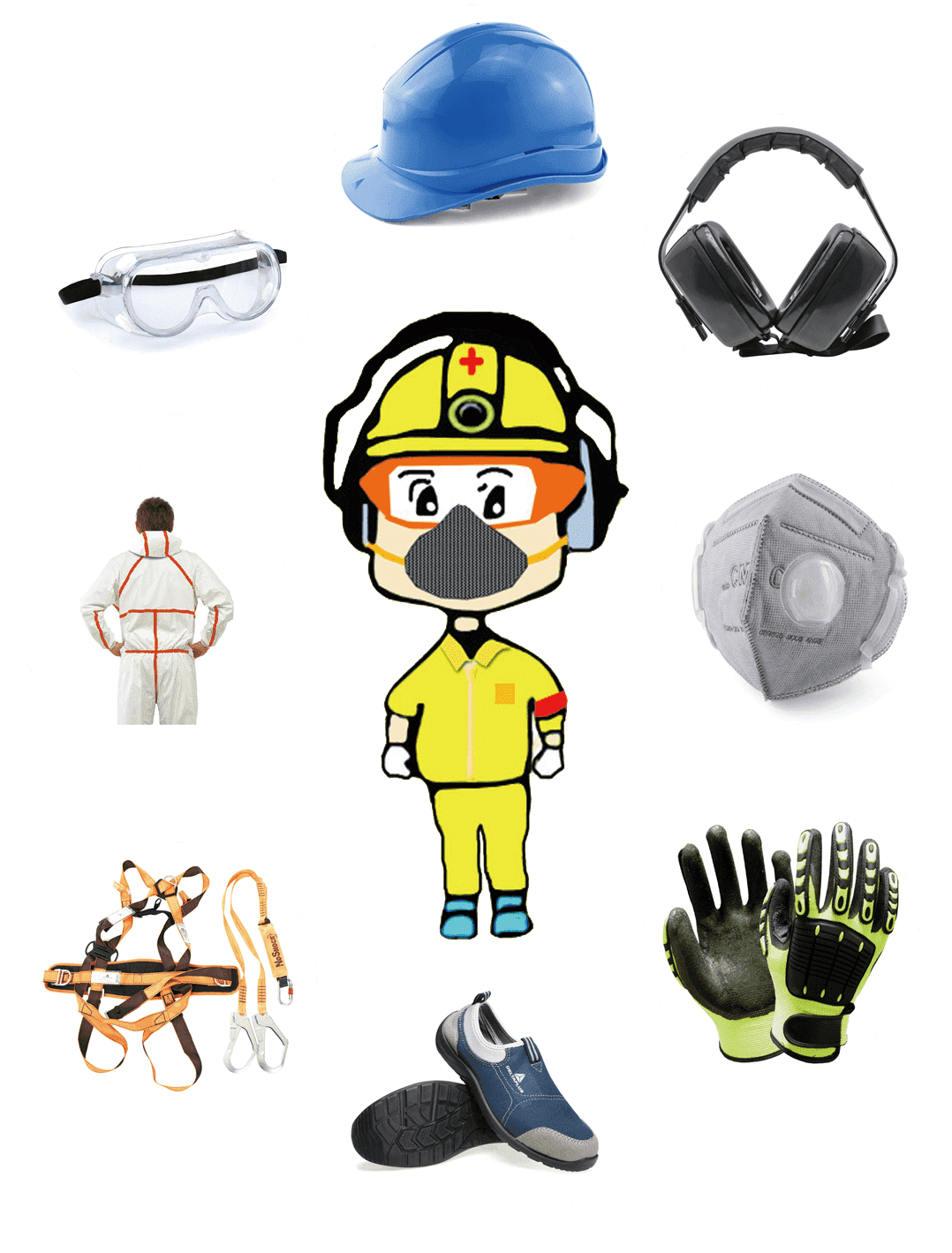What is PPE at workplace ?
Organizations are required to take measures to minimize exposure of employees to hazardous situations and materials. Personal protective equipment also known as PPE, is an important barrier between a worker and the environment.
PPE is clothing or equipment that is worn to prevent or minimize exposure to hazards. Hard hats, gloves, steel toed shoes, safety glasses, hearing protection devices, respirators and full body suits are some of the examples of PPE. Different tasks require different types of PPE. Organizations must train their employees on the proper way to wear, inspect and maintain PPE for each task associated with each job.

In the personal protective equipment for employees training course, employees will learn about the purpose and importance of PPE as follows:
1. How to properly use and maintain a hardhat including proper care and maintenance of head protection.
2. How to wear and maintain eye and face protection.
3. How to inspect and maintain hearing protection.
4. Types of hand and foot protection and associated hazards.
5. General hazards and prerequisites that require respiratory protection.
6. When to use full-body protection.
Combined with the resources available within your risk management platform, including example policies and procedures, posters, training shorts, and the job hazard analysis identification and tracking tools. Available in BBS track and safety observation track. You have the resources you need to ensure your organization maintains safe workplace practices.










